Adult acne can be incredibly frustrating. Not only are you dealing with breakouts, but you’re also facing signs of aging like dryness and fine lines. Navigating through skincare options can feel overwhelming and even contradictory. Why do we still get acne well into adulthood? The answer is multi-faceted. A combination of factors like genetics, hormonal changes, environment, diet, stress, and medical conditions can contribute to breakouts at any age. These triggers can stimulate the sebaceous glands, leading to excess oil production that clogs pores, creating the perfect environment for acne-causing bacteria.
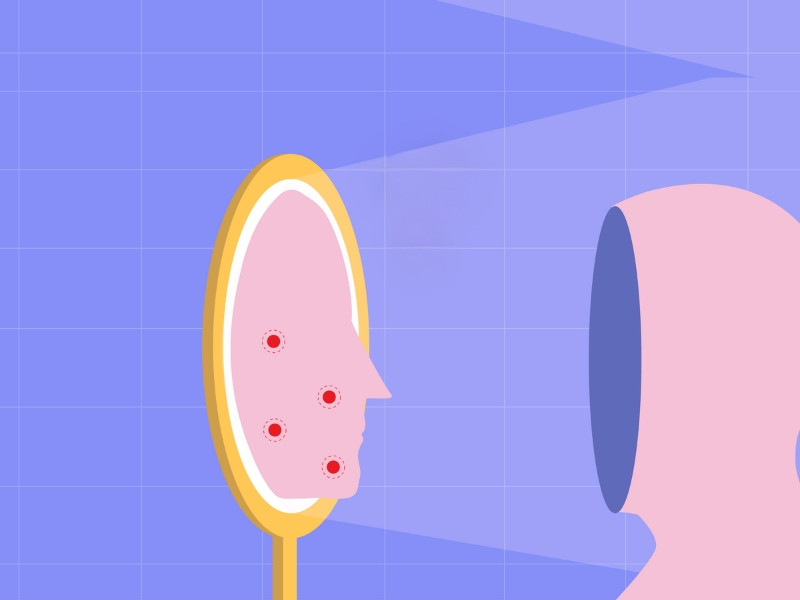
While adult acne is more common in women, often due to hormonal fluctuations, it can affect anyone. Adult acne typically appears around the chin and jawline, but breakouts can occur anywhere on the face, chest, neck, or back. Although we can’t control every factor, one of the most effective ways to manage adult acne is by establishing a consistent and thoughtful skincare routine. (Pro tip: Avoid touching your face, always use a clean towel, and change your bed linens weekly to maintain good hygiene.) Below, we outline an expert-approved skincare regimen to help combat breakouts.
How Is Adult Acne Different From Teen Acne?
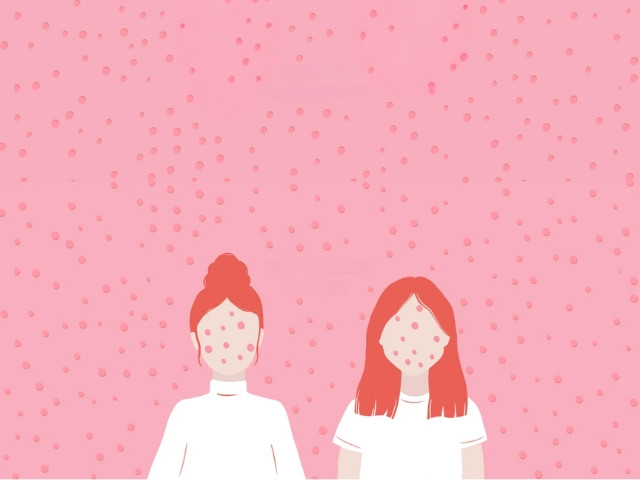
Excess oil and clogged pores are common causes of acne for all ages, but the root causes can vary. In teens, acne is often driven by surges in androgens (sex hormones) during puberty. In adults, acne is frequently triggered by hormonal changes related to menstruation, pregnancy, or menopause.
Lifestyle factors like diet can also play a significant role in breakouts for adults. Products that are comedogenic (pore-clogging) or certain hair care routines can contribute to acne. Moreover, stress—whether from work, finances, or personal life—can exacerbate adult acne.
As we age, our skin’s cellular turnover rate decreases, meaning dead skin cells don’t shed as quickly, leading to congestion and breakouts. Adult acne can therefore be more complex and often comes with additional skincare concerns like dryness, sensitivity, and signs of aging. One more thing to remember is that breakouts in adult acne are entirely different than breakouts you get as a teenager or when going through puberty. As a teenager most of the breakouts and blemishes will be around your T-zone and forehead while addult acne is almost entirely around the chin, jaw and lower cheek areas.
Managing Adult Acne vs. Teen Acne
While the occasional pimple isn’t necessarily a reason to panic, persistent adult acne may require further investigation. If breakouts are becoming a regular issue, it’s worth consulting a doctor or dermatologist to check for underlying causes like hormonal imbalances.

In many cases, adult acne can be treated similarly to teen acne, with a focus on reducing oil production, unclogging pores, and controlling inflammation. However, mature skin requires a gentler approach, as it tends to be more sensitive and less resilient. A consistent skincare routine is crucial for acne-prone skin, and choosing the right products can make all the difference.
6 Simple Steps for Managing Adult Acne
Unlike teenage acne, adult acne can affect both oily and dry skin types. Adult skin also faces concerns like fine lines and wrinkles, so it’s essential to find products that address breakouts without being overly harsh or drying. Below is a six-step routine to help manage adult acne.
1. Practice Good Hygiene
Maintaining good hygiene is essential in any acne routine. This means cleansing your face twice daily (morning and night), avoiding touching your face unless your hands are clean, and regularly changing your pillowcases and bed linens. Always make sure to remove makeup before bed to prevent clogged pores.
2. Don’t Pick at Pimples
As tempting as it may be, picking at pimples can spread bacteria and lead to further breakouts, not to mention potential scarring. Even if you don’t leave scars, keep in mind that as we age, our skin takes longer to heal, so picking at your face may leave marks that linger longer than expected.
3. Unclog Pores and Reduce Oil With Chemical Exfoliants
Instead of using harsh physical scrubs that can damage your skin, opt for chemical exfoliants like salicylic acid or lipohydroxy acid (LHA). These ingredients help remove dead skin cells from the surface, reduce excess oil, and penetrate deep into the pores to dissolve the blockages that cause breakouts. Salicylic acid can be particularly effective in preventing future breakouts while also treating existing blackheads and pimples. Look for leave-on products that allow salicylic acid to work over time.
4. Keep Skin Hydrated
Hydration is vital, even if your skin is oily. Dehydrated skin may produce more oil to compensate, which can worsen breakouts. Look for moisturizers with salicylic acid, LHA, or niacinamide (vitamin B3) to reduce congestion, soothe redness, and help with post-acne marks. For those with dry, sensitive skin, opt for a minimalist, non-comedogenic moisturizer to avoid irritating or clogging pores.
Using a moisturizer daily also helps strengthen your skin’s barrier, preventing moisture loss and keeping it protected from environmental damage. For those with oily skin, niacinamide is especially beneficial, as it helps to calm inflammation and reduce excess oil production.
5. Look for Redness-Reducing Ingredients Like Niacinamide
A good skincare regimen for adult acne should not only focus on clearing pores but also on reducing redness and soothing the skin. Niacinamide is a powerhouse ingredient that helps balance sebum production, visibly reduces redness, and promotes a smoother complexion. Incorporating it into your routine can make a noticeable difference.
6. Don’t Forget Sun Protection
No skincare routine is complete without proper sun protection. Even acne-prone skin needs daily broad-spectrum SPF 50+ to guard against UV damage. Opt for a mattifying sunscreen that won’t clog your pores and will help control shine throughout the day.
Other Considerations for Adult Acne
Dermatologists often recommend applying skincare products in order of texture—from lightest to heaviest. For acne-prone skin, it’s important to limit the number of products you use, as layering too many can irritate the skin and worsen breakouts. Be patient with your skincare routine; acne treatments can take 8 to 12 weeks to show results, so consistency is key.
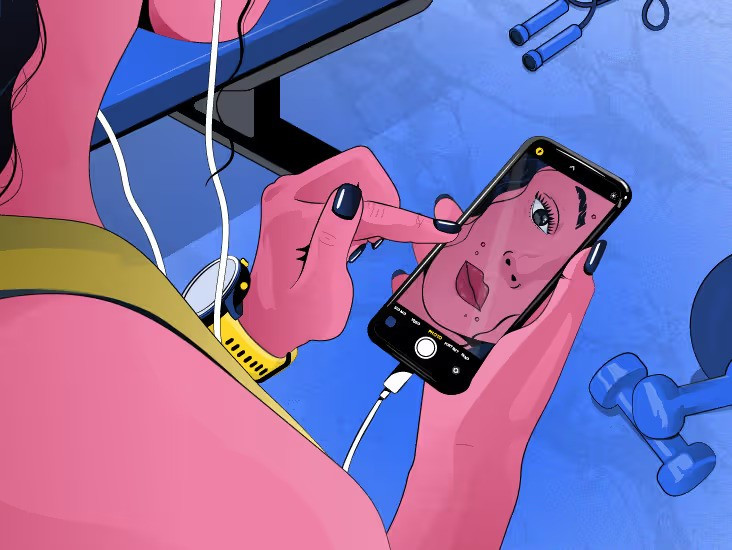
Illustration by Maya Chastain
It’s also worth noting that persistent adult acne could indicate an underlying health issue, such as polycystic ovary syndrome (PCOS), which is associated with irregular periods, facial hair growth, scalp hair loss, and weight gain. If you suspect your acne might be linked to a medical condition, or if it’s not responding to over-the-counter treatments, make an appointment with a dermatologist.


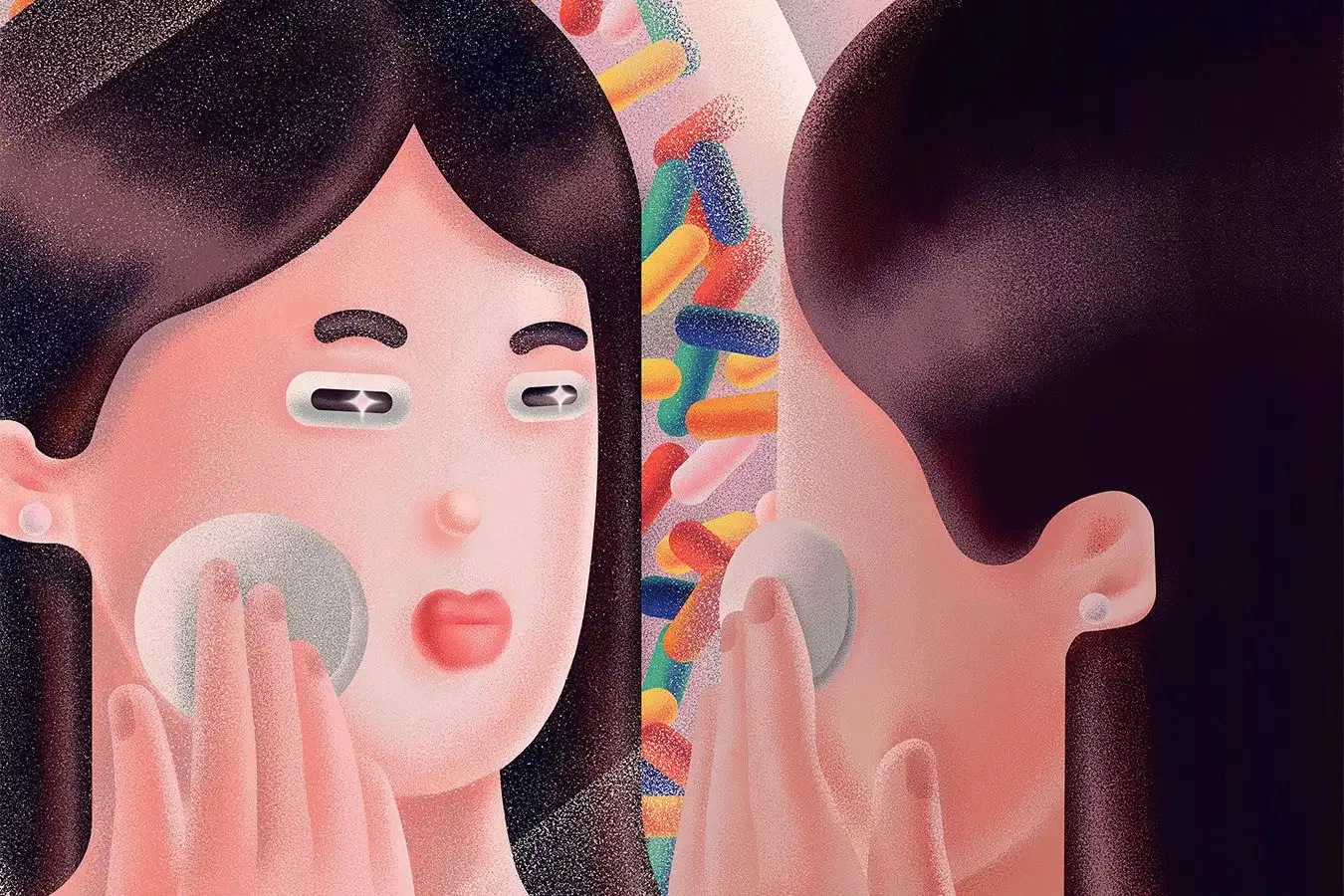
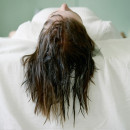



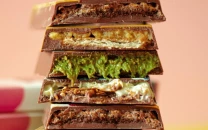

COMMENTS
Comments are moderated and generally will be posted if they are on-topic and not abusive.
For more information, please see our Comments FAQ